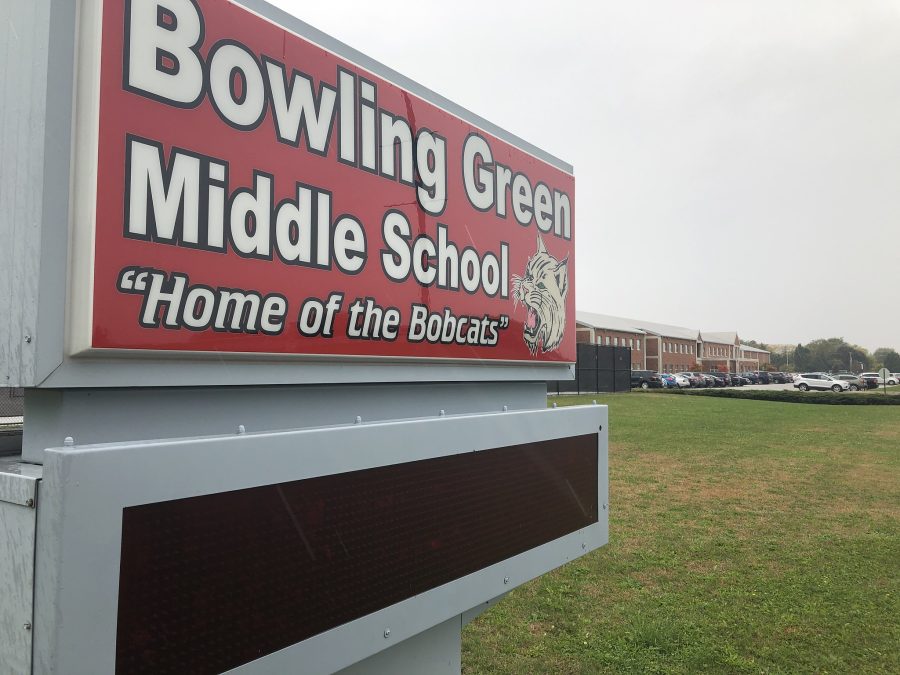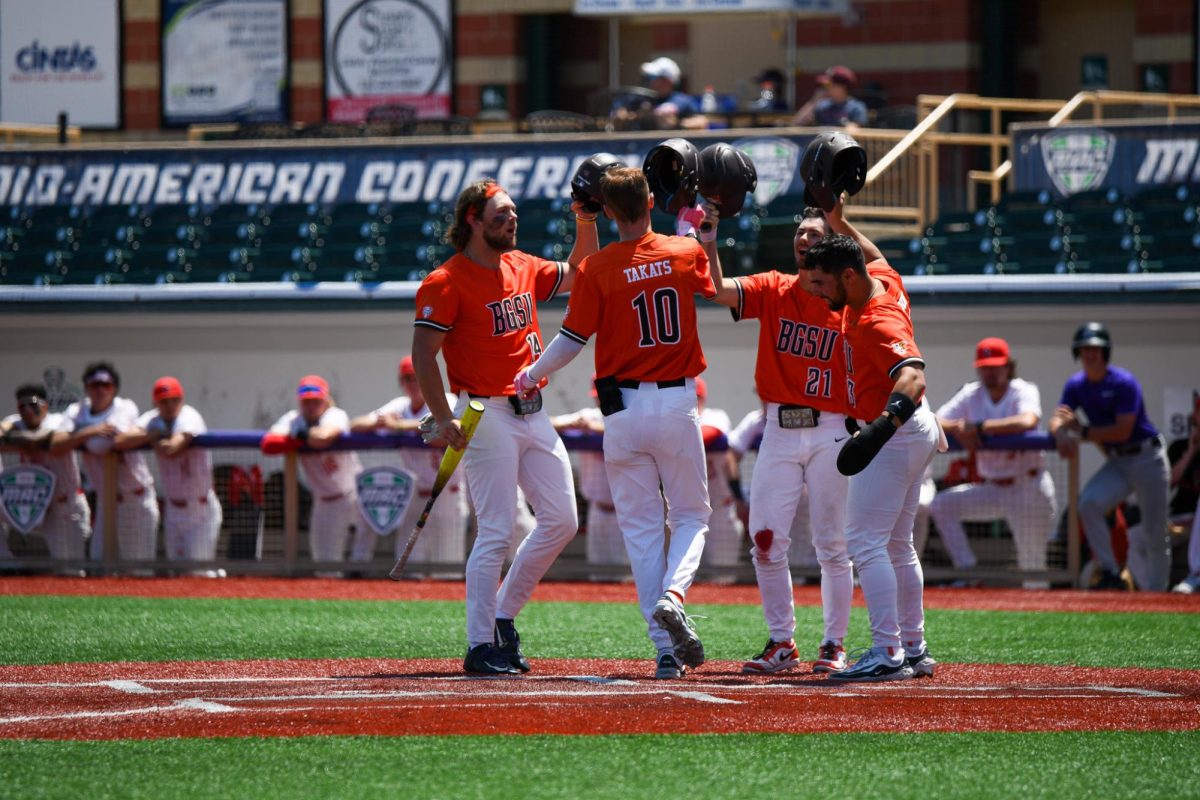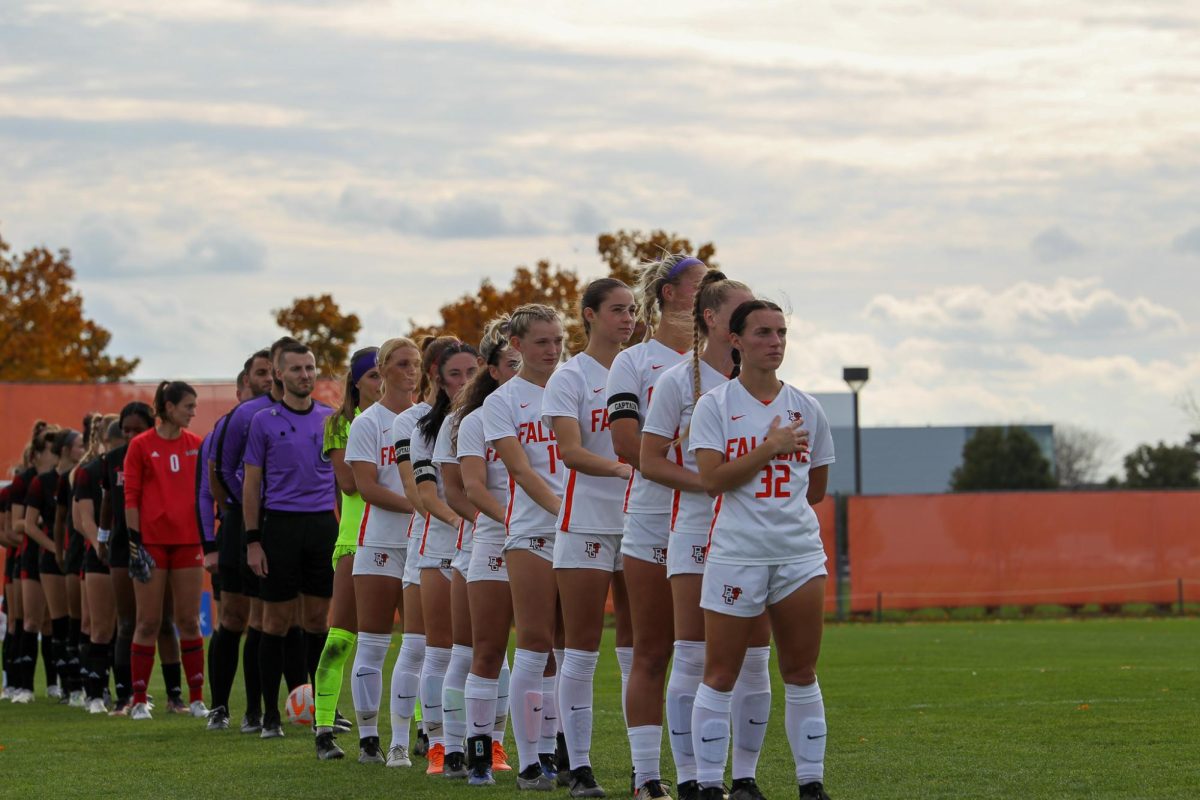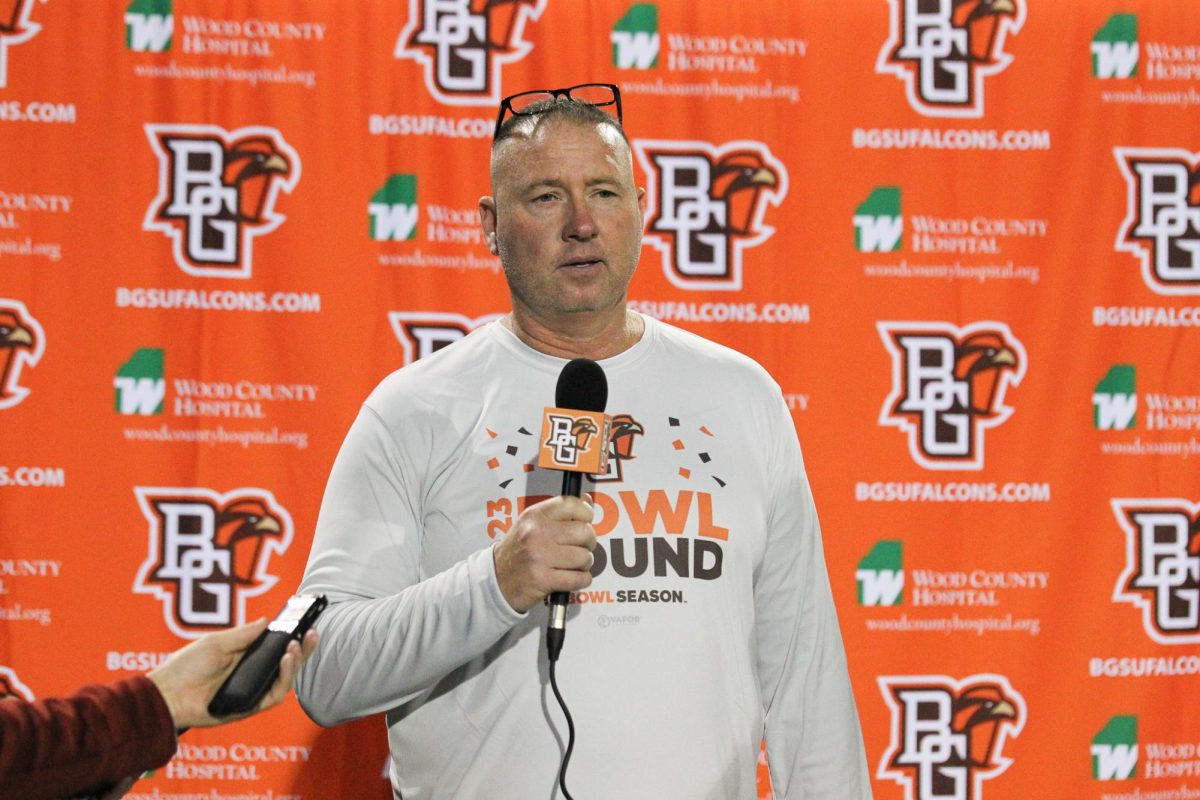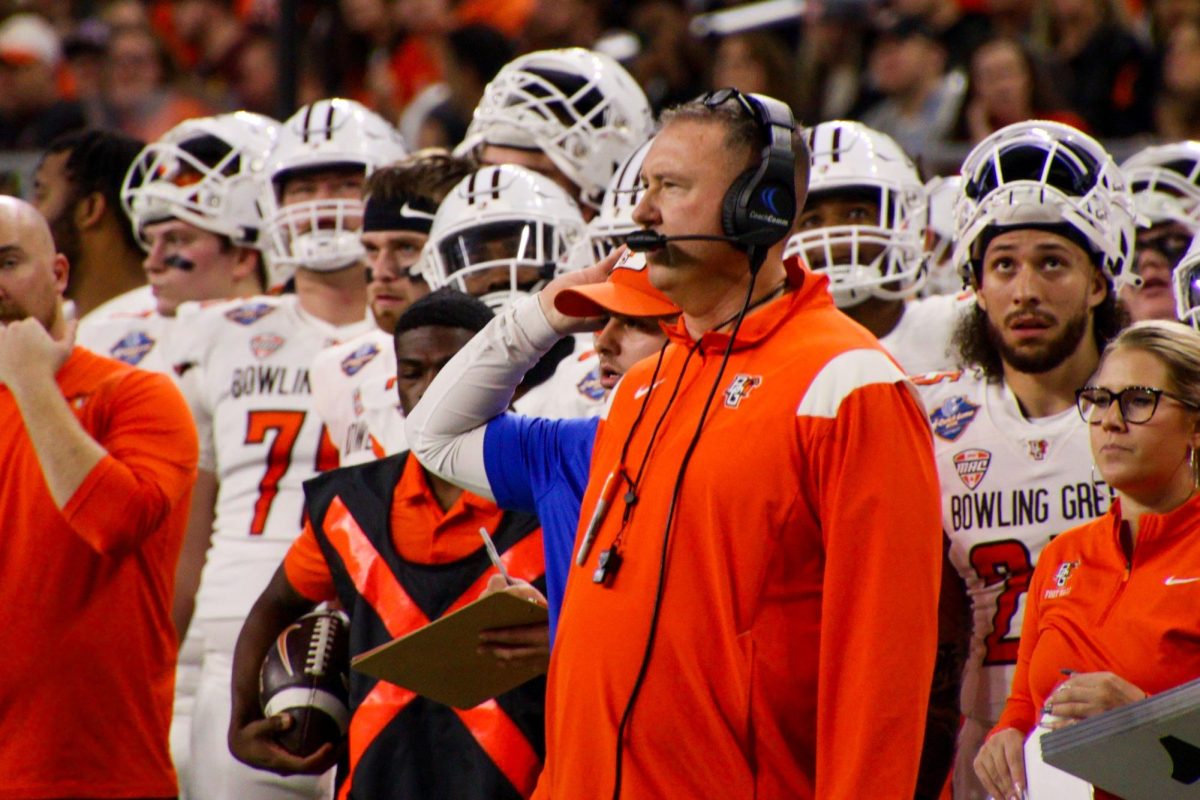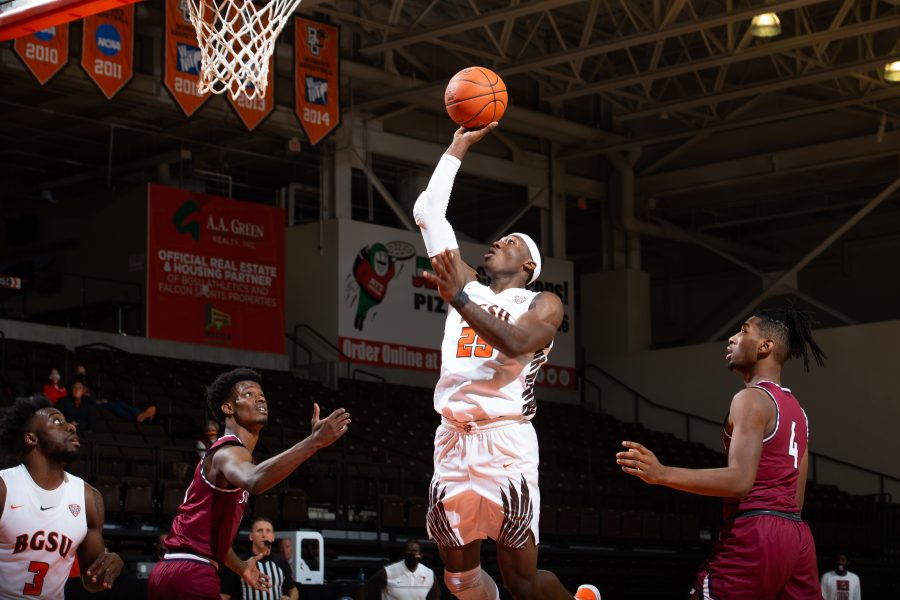What do Andrew Bailey, Trevor Cahill and Gio Gonzalez have in common with Tim Hudson, Dan Haren and Mark Mulder?
All six players were at one point in time pitchers for the Oakland Athletics who were traded to other teams for “prospects.” Hudson and Mulder were traded in the 2004 offseason, while Haren was shipped off in December 2007. Bailey, Cahill and Gonzalez were all traded within the last month.
This represents what is almost a cyclical thing for smaller market baseball teams, such as the A’s. They do not have the financial resources to dole out big contracts to their star players, and end up trading them away when they are on the verge of hitting free agency, as to not lose these players for nothing.
Cleveland Indians fans know all too well about this practice. Within the last couple of seasons, the Tribe has traded stars such as C.C Sabathia, Cliff Lee and Victor Martinez for similar reasons. Such trades have become widely accepted in the baseball world.
However, these types of trades illustrate the competitive imbalance that will always exist in Major League Baseball between large market teams – such as the New York Yankees and Boston Red Sox – and the small market teams – such as the Indians and A’s.
No matter what revenue sharing, luxury tax system baseball imposes, the teams that bring in the most money will always be able to buy the best talent. And as we’ve seen in recent years, buying players not longer applies to the Yankees giving a $275 million contract to Alex Rodriquez, it not applies to big market teams who are able to trade young, inexpensive prospects to small market teams for their soon-to-be free agent superstars.
While these trades often work out for both parties, the process seems to be a never-ending cycle.
Using the Indians and A’s as examples, you can see this.
One of the most successful trades in Cleveland history happened in 2002, when ace Bartolo Colon was traded to the Montreal Expos for Lee, Grady Sizemore and Brandon Phillips. At the time, very few people had heard of the three players Cleveland acquired. In time, all three developed into all stars (granted, Phillips hadn’t developed until after Cleveland shipped him to Cincinnati).
Fast forward to July 2009, a year after winning the Cy Young Award and only months away from free agency, Lee was traded to Philadelphia.
In 2004, the A’s had one of the best starting rotations in baseball, headlined by reigning Cy Young winner Barry Zito, Hudson and Mulder. After the season was over, the A’s shipped Mulder to St. Louis and Hudson to Atlanta.
The haul brought in for the two pitchers turned out to be less than impressive, but one key piece was acquired: Haren.
After three seasons in Oakland, Haren had developed into one of the top starting pitchers in the game. Almost on par with what happened three years prior, Oakland traded him to Arizona for six players, including Greg Anderson and Carlos Gonzalez, who is now an all-star outfielder for the Colorado Rockies after being traded again.
The point I’m trying to make is that, while trading your top players for two or three prospects who you think can develop into star players can be helpful, doing so in short cycles makes the activity almost pointless.
Take this offseason for example. Bailey, Cahill and Gonzalez are all in their early to mid-20s, pitchers who Oakland had a solid foundation to build around. When adding in Anderson, those four could have helped form Oakland’s most formidable pitching rotation since 2004.
However, A’s fans will once again be left to wonder what could have been.
More emphasis has been placed on drafting and player development than ever before. Look at your favorite team. At least one of the “top” players on that team was brought up through the team’s minor league system. Think Justin Verlander in Detroit, Robinson Cano in New York and Felix Hernandez in Seattle.
However, the better the players you have, the more money they will demand when they inevitably hit free agency. Meaning that the Indians could draft and develop a team full of all stars, but if they can’t afford to give them a new contract, it would only be a matter of time before those players end up on a large market team.
What is the easiest way for teams to get more money? Simply put, by being better. There’s a reason the Yankees rake in cash every year, because they are always good.
And that right there outlines the screwed up situation that is baseball economics. In a way, the rich are always getting richer because they are able to self-sustain in ways that small market teams cannot.
Obviously there are exceptions to this. The Tampa Bay Rays have been one of the most successful teams in the league the last four or five years despite having one of the lowest payrolls in baseball, but generally speaking, teams who spend the most are usually the most successful.
Add all of that up, and you have an incredibly compelling argument for a salary cap in baseball.








